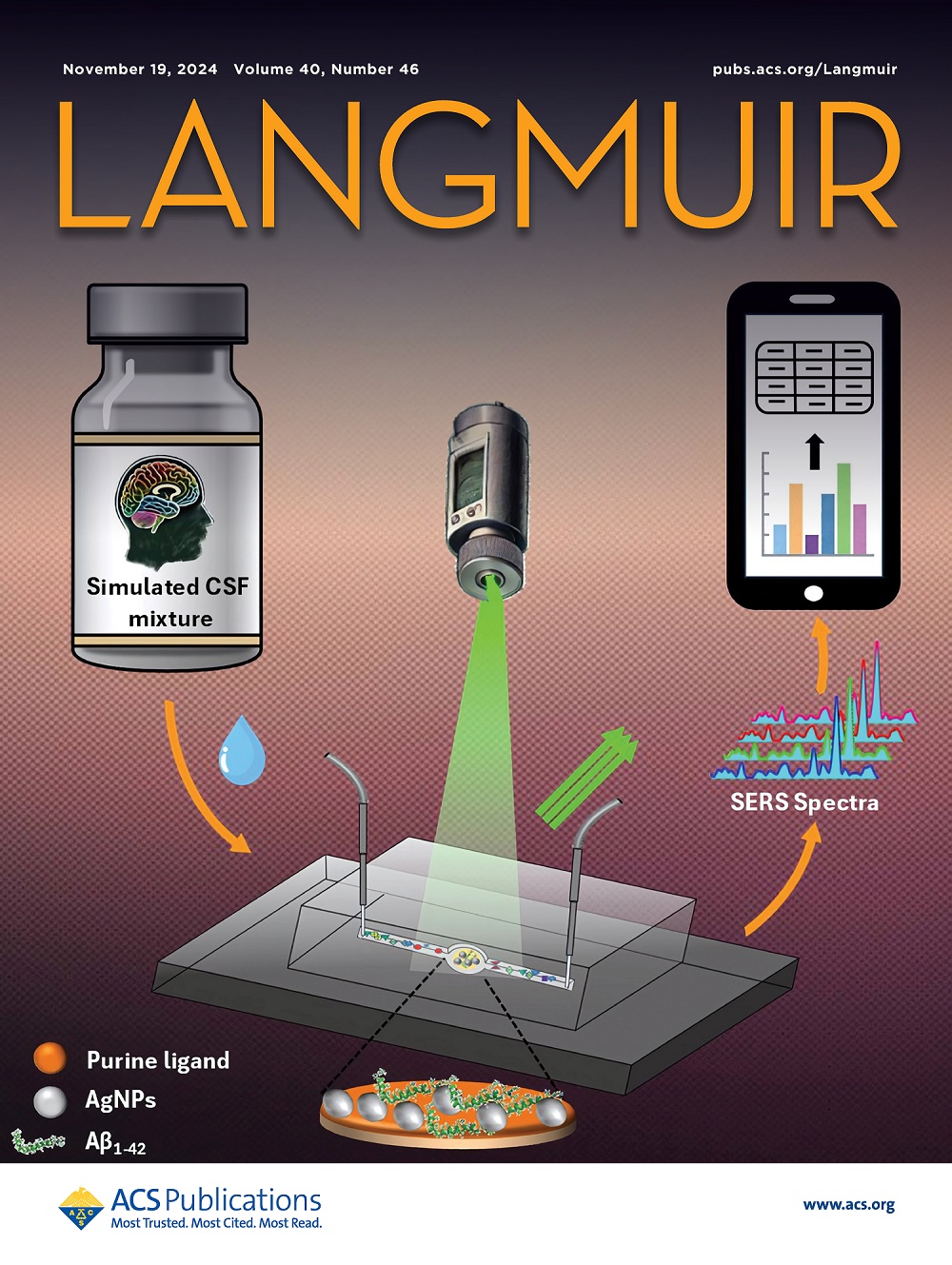木质素磺酸钠对防晒配方中纳米二氧化钛的强化酸洗乳化作用。
IF 3.7
2区 化学
Q2 CHEMISTRY, MULTIDISCIPLINARY
引用次数: 0
摘要
采用高能球磨策略,通过木质素磺酸钠(SL)介导的静电表面改性优化纳米二氧化钛(nano- tio2)。在20 wt %的纳米tio2和5 wt %的SL条件下,胶体体系达到了最佳的稳定性,防晒系数(SPF)从15到17。随后的乳液配方具有不同的水相与油相质量比(κ),得到了不同pH值下的Pickering乳液,通过纳米tio2和SL静电组装表现出优异的界面稳定性。优化后的TSL-4乳液(κ = 1:1, pH = 4)具有良好的贮藏稳定性(加速试验6周后SPF值保持在25以上)和热回弹性(10次冻融循环后SPF值保持在91%以上)。TSL-4 (κ = 1:1)乳剂的生物学评价显示无光毒性(辐照后与未辐照后活力差异< 2%),低细胞毒性(90% HaCaT细胞活力),皮肤渗透最小(皮下层无纳米颗粒积聚)。生物质-化合物修饰的纳米tio2体系建立了一个集紫外线衰减、胶体稳定性和生物安全性于一体的多功能防晒平台。本文章由计算机程序翻译,如有差异,请以英文原文为准。
Enhanced Pickering Emulsification of Nano Titanium Dioxide via Sodium Lignosulfonate for Sunscreen Formulations.
A high-energy ball milling strategy was developed to optimize nano titanium dioxide (nano-TiO2) through sodium lignosulfonate (SL)-mediated electrostatic surface modification. At 20 wt % nano-TiO2 and 5 wt % SL, the colloidal system achieved optimal stability with a sun protection factor (SPF) elevation from 15 to 17. Subsequent emulsion formulation with various aqueous phase to oil phase mass ratios (κ) yielded a Pickering emulsion at different pH values, demonstrating exceptional interfacial stabilization via nano-TiO2 and SL electrostatic assembly. The optimized TSL-4 emulsion (κ = 1:1, pH = 4) exhibited remarkable storage stability (keeping over 25 SPF value after 6 weeks of accelerated test) and thermal resilience (maintaining above 91% SPF retention through 10 freeze-thaw cycles.). Biological evaluations of TSL-4 (κ = 1:1) emulsion demonstrated no phototoxicity (irradiated vs nonirradiated viability difference < 2%), low cytotoxicity (90% HaCaT cell viability), and minimal cutaneous permeation (no nanoparticle accumulation in subcutaneous layers). The biomass-compound-modified nano-TiO2 system establishes a multifunctional sunscreen platform that synergistically integrates UV attenuation, colloidal stability, and biosafety.
求助全文
通过发布文献求助,成功后即可免费获取论文全文。
去求助
来源期刊

Langmuir
化学-材料科学:综合
CiteScore
6.50
自引率
10.30%
发文量
1464
审稿时长
2.1 months
期刊介绍:
Langmuir is an interdisciplinary journal publishing articles in the following subject categories:
Colloids: surfactants and self-assembly, dispersions, emulsions, foams
Interfaces: adsorption, reactions, films, forces
Biological Interfaces: biocolloids, biomolecular and biomimetic materials
Materials: nano- and mesostructured materials, polymers, gels, liquid crystals
Electrochemistry: interfacial charge transfer, charge transport, electrocatalysis, electrokinetic phenomena, bioelectrochemistry
Devices and Applications: sensors, fluidics, patterning, catalysis, photonic crystals
However, when high-impact, original work is submitted that does not fit within the above categories, decisions to accept or decline such papers will be based on one criteria: What Would Irving Do?
Langmuir ranks #2 in citations out of 136 journals in the category of Physical Chemistry with 113,157 total citations. The journal received an Impact Factor of 4.384*.
This journal is also indexed in the categories of Materials Science (ranked #1) and Multidisciplinary Chemistry (ranked #5).
 求助内容:
求助内容: 应助结果提醒方式:
应助结果提醒方式:


